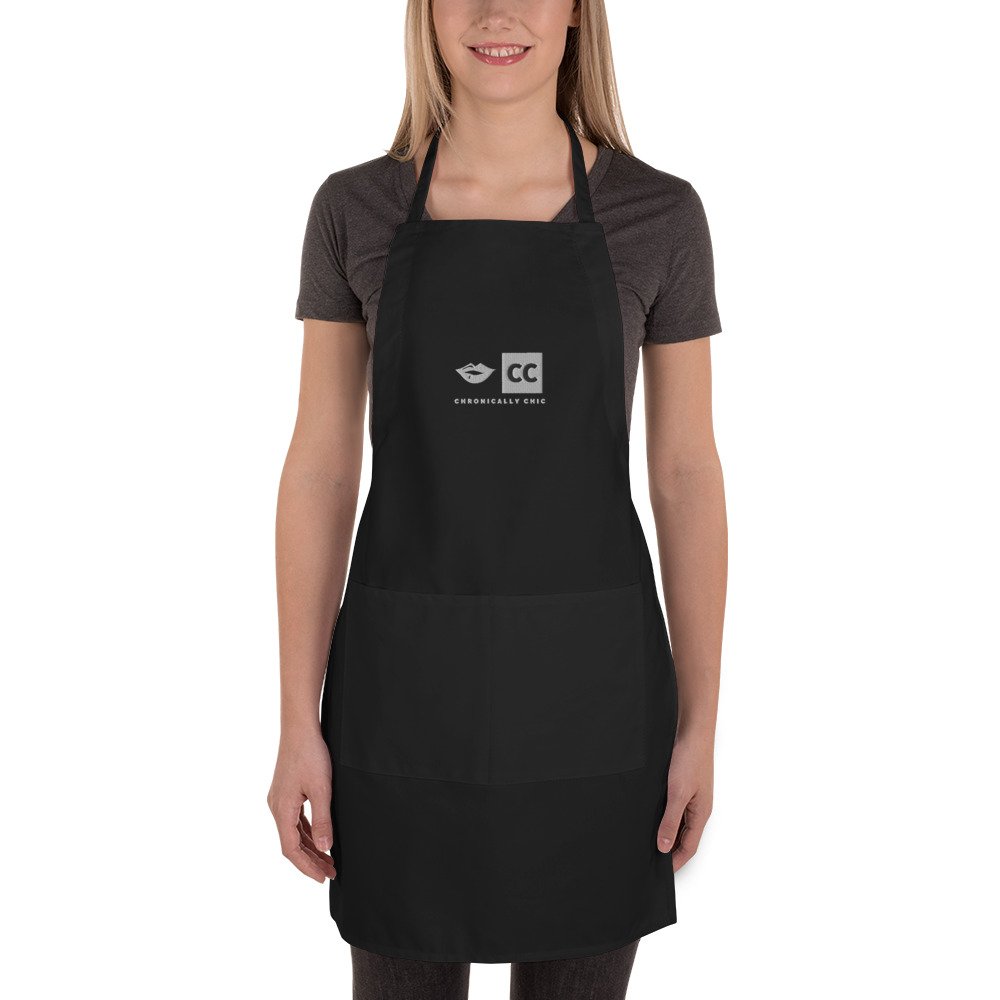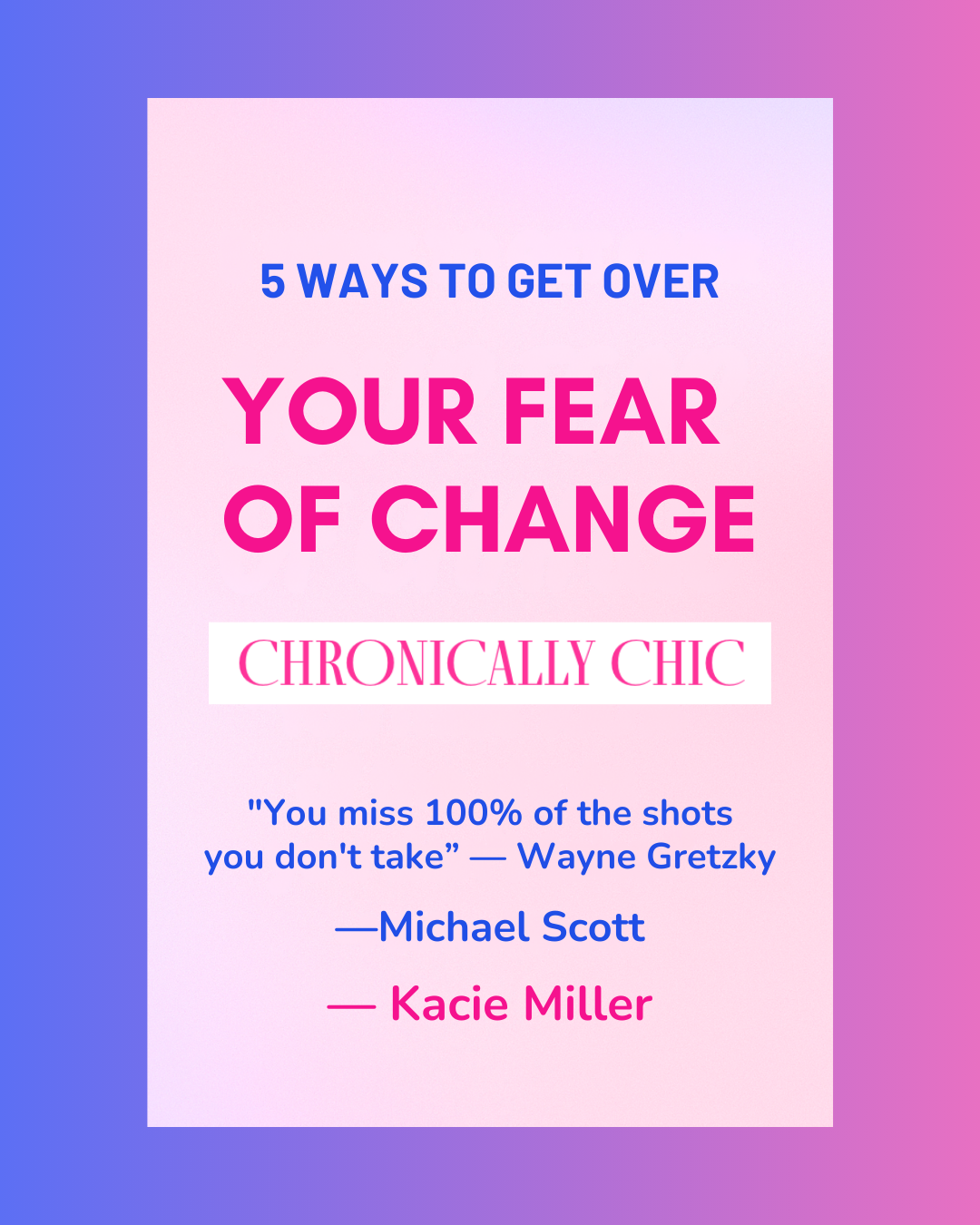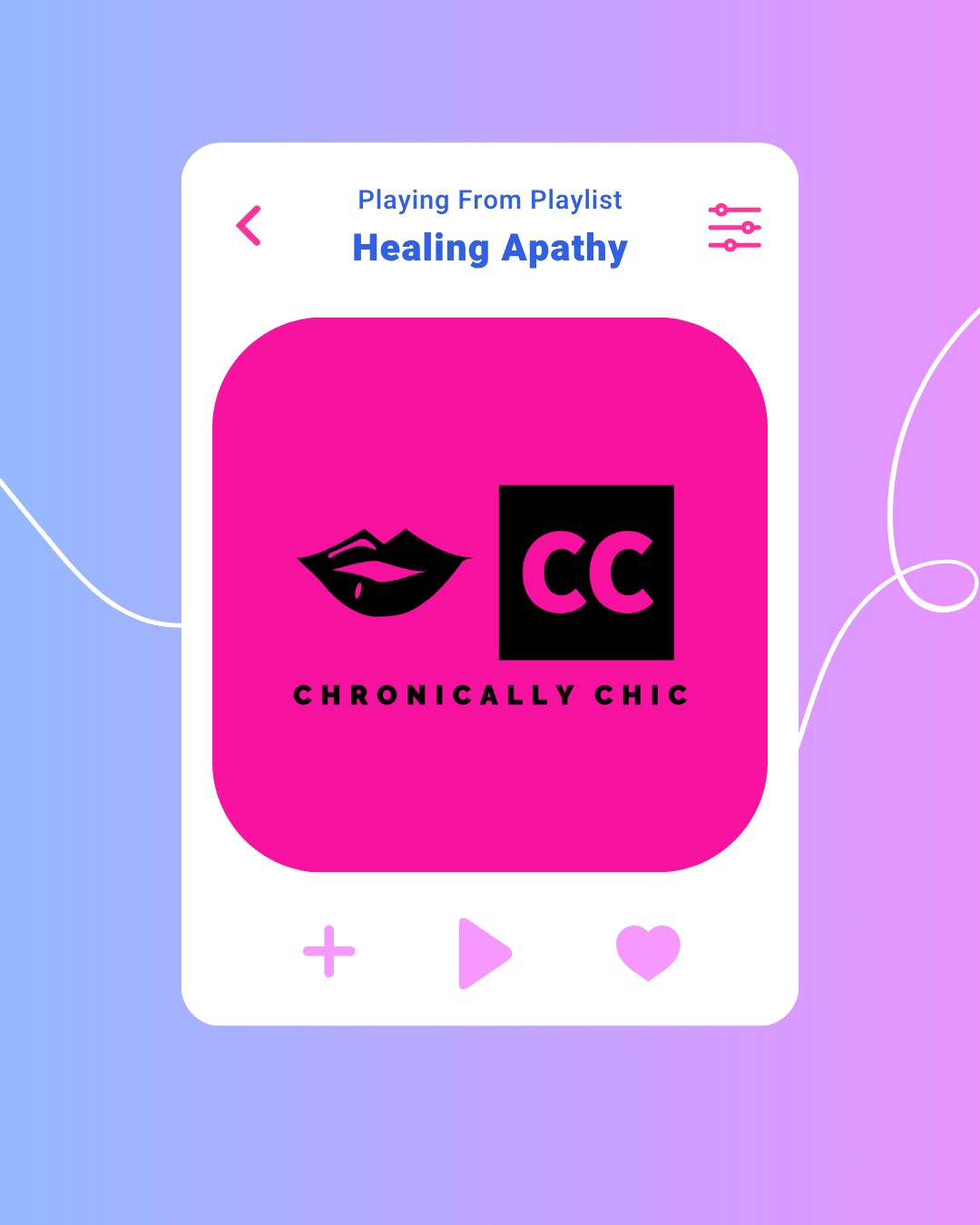Hot Take: Your Cookware Might Be Gross… Here’s What I Use Instead
We may earn commission from links on this page, but we only recommend products we love. Promise.
Hi, friends!
Cookware should make your life easier, right? So why does every pan in the store feel like a toxic trap or a wallet assassin? There I was, stuck between a $200 pan and a $30 skillet, both promising to be “safe” but leaving me suspicious. None of them promised to cook without sticking, poisoning, or turning cleanup into a full-time job. If you’ve ever Googled “is my pan slowly killing me?” while wondering if you should just order takeout instead, you get me. Let’s talk cookware that won’t ruin your meals or your mood!
| Cookware Type | Best For | Watch Out For |
|---|---|---|
| Enameled Cast Iron | Braising, sauces, stews | Super heavy, enamel chips |
| Carbon Steel | Searing, high heat, stir-fry | Needs seasoning, reacts with acids |
| Ceramic (100% Pure) | Eggs, pancakes, low/medium heat | Not all ceramic is created equal |
| Glass | Baking, non-reactive uses | Fragile—think one drop away from heartbreak |
| Stainless Steel | Searing, boiling, sautéing | Food can stick if not used right |
If you know how to work with these materials, you can cook like a pro and skip the health hazards. Let’s break it down.
Enameled Cast Iron: The Braise Queen
I swear, nothing makes me feel more like a fancy 1950s housewife (in the best way possible) than cooking a comforting pot roast in my trusty Le Creuset. Seriously, when I'm stirring that pot, I feel like I should be wearing pearls and my cutest apron! This cookware is like cast iron’s more polished, less reactive cousin, and it’s truly wonderful in the kitchen.
Pros:
Non-reactive surface: Unlike some materials, this enamel coating doesn’t react with acidic ingredients like tomatoes, wine, or vinegar, so you can experiment with flavors without worrying about any metallic taste creeping into your dish.
Even heat distribution: It holds heat beautifully, which means you're less likely to end up with hot spots. Everything cooks evenly, perfect for that slow-cooked satisfaction!
Versatility: You can seamlessly go from stovetop to oven, making it ideal for one-pot meals.
Cons:
HEAVY: I mean, we’re talking back-breaking. If you're not careful, your pot roast might end up being a real workout just to lift it out of the oven!
Enamel chips: If you chip the enamel, well… that’s game over. That exposed cast iron underneath is now vulnerable to rust and will react with acidic foods, leading to off-flavors in future meals.
Best For:
Braising meat: Allowing those cuts to transform into tender, melt-in-your-mouth goodness.
Flavor-packed sauces: Whether you’re working with wine, tomatoes, or bright citrus, it handles them beautifully, too.
Stews: It’s perfect for those stews that need slow, even cooking to reach the peak of flavor and tenderness.
💡 Hot tip: If you discover a chip in the enamel, it’s best to avoid using it for those acidic foods. Trust me, the last thing you want is for any of that exposed iron to mess with your dish!
If you have a nickel allergy, double-check with the manufacturer. Some enamel coatings are applied over stainless steel or mixed-metal cores that may contain nickel underneath.
For those looking to invest, Le Creuset is the OG in this space, and it’s worth the splurge. But if you’re on a tighter budget, Lodge makes a solid, budget-friendly version that still delivers great performance.
Cast Iron: The Problematic Fave
Regular cast iron is amazing for most people. It’s one of the most-loved, affordable, and long-lasting cookware options out there. For folks without sensitivities, it’s actually considered a bonus that it adds extra iron into food (especially for iron-deficient women, which is super common). It's practically a health supplement in skillet form.
BUT, for nickel-sensitive people like us, or anyone dealing with heavy metal overload, chronic inflammation, or mystery fatigue, that little bit of trace nickel (plus too much iron) can push our bodies into flare-up mode. Not everyone will react to it, but some of us will, and it's sneaky. Especially if you're using it with tomato sauces, wine reductions, or lemon juice. That’s when the metal leaching gets spicy in a bad way. It’s a classic, but for those of us with nickel sensitivity, it’s kinda toxic, literally.
Pros:
Insanely durable… this thing will outlive us all
Incredible heat retention
Gives food that deep, rich crust everyone brags about
Gets naturally nonstick if seasoned right
Cons:
Can leach iron and trace nickel into your food, especially if it’s acidic
Needs seasoning and upkeep like a needy pet
Super heavy and not cute to clean
Rusts if you even think about leaving it wet
Best For:
Searing meat like a pro
Frying things the old-school way
Camping... if that’s your thing (not mine, obviously lol)
⚠️ Caution zone: Acidic dishes like chili, tomato sauce, or vinegar-based anything are a no-go. These pull out excess iron and trace nickel. That’s a hard pass if you’re allergic or trying to keep your mineral intake balanced.
💡 Nickel Allergy Note: Regular cast iron isn’t technically high in nickel, but trace amounts can still sneak in, especially when cooking acidic or long-simmered meals. If you’re reactive, it’s not worth the risk. Go for enameled cast iron instead (yes, even the bougie French ones).
Rec: Staub or Le Creuset (enameled only!) if you're craving that timeless kitchen-core vibe without the inflammation.
Carbon Steel: The Cool Sibling
Carbon steel is like cast iron’s sleeker, lighter cousin who works in tech and eats steak rare. It’s thinner, heats up faster, and honestly? I love it.
Pros:
Lighter than cast iron
Retains heat super well
Gets better with time, like YOU
Cons:
Like cast iron, it can leach excess iron into acidic food
Must be seasoned and babied a bit
Cannot just throw it in the dishwasher or leave it wet (unless rust is your thing)
Best For:
Stir-fry
High heat searing
Cooking meat
⚠️ Caution zone: Acidic sauces (like tomato or vinegar-based) can pull iron into your food. Not ideal if you’re sensitive or trying to avoid mineral overload. Carbon steel is generally nickel-free, but always confirm with the brand before buying, some cheaper options may sneak in trace metals during manufacturing.
Rec: Made In or De Buyer are chef-loved and super high quality.
Ceramic: But Make It Actually Ceramic
This is where things get a little messy. Not all ceramic is what it says it is. Pure ceramic is a great option for nickel-sensitive folks, but avoid ceramic-coated cookware. Some "ceramic" pans are actually just aluminum or stainless steel (aka nickel contamination risk) underneath. Nope.
Pros:
Naturally non-stick (like, eggs slide off with no butter)
Easy to clean
Cons:
Can scratch easily
Some brands sneak in heavy metals like lead or nanoparticles (NO THANKS)
Sensitive to high heat
Best For:
Scrambled eggs
Pancakes
Low to medium heat sautéing
✅ The only kind worth using: 100% pure ceramic. Not ceramic-coated. Not mystery glaze. Just real-deal clay fired into cookware.
Rec: Caraway is the clear GOAT here!
Glass: Good But Fragile
Glass is that friend who’s lovely but cannot handle even one bad day. (May or may not be like a former version of me…) Non-reactive, totally clean… but drop it, and she’s gone.
Pros:
Completely non-reactive
Won’t leach anything into your food
Dishwasher safe
Cons:
You look at it wrong and it shatters (okay, not quite, but close)
No good for stovetop use
Best For:
Baking
Storage (like Pyrex containers)
Rec: Good old Pyrex. Still undefeated.
Glass is naturally nickel-free and completely non-reactive, so it’s one of the safest picks for nickel allergies.
Stainless Steel: The Not-So MVP for Nickel Allergies
Stainless steel is not safe for nickel allergies. Most grades contain nickel, especially 18/10 or 304 stainless steel. Look for nickel-tested labels if you still want to use it. If you're not allergic to nickel, a high-quality option is a good choice for most!
Pros:
Non-reactive
Oven safe, stovetop safe, and almost kid-proof
Ideal for high-heat searing
Cons:
Not non-stick (unless you heat it right and use fat)
Can be annoying to clean if stuff sticks
Best For:
Searing steaks
Boiling pasta
Anything acidic (no leaching here)
Rec: All-Clad is the industry gold standard. Pricey, yes. Worth it? Absolutely.
What Cookware Should You Use When?
If you’re sitting there staring at your kitchen cabinet like it’s a jumbled mess of anxiety and potential, same. Here’s how I make it work:
🔥 High Heat Searing or Frying:
Use: Stainless steel, carbon steel, or cast iron
Why: These can handle heat like a champ and develop beautiful browning
My pick: Seasoned carbon steel is *chef’s kiss*
🍳 Low to Medium Heat Cooking:
Use: 100% ceramic
Why: Naturally non-stick, no sketchy coatings
Perfect for: Eggs, pancakes, sautéing soft veggies
🍷 Braising or Cooking with Acidic Ingredients:
Use: Enameled cast iron
Why: It won’t react with the acid, and the heat retention is perfect for slow cooking
Bonus tip: Check for chips in the enamel before each use
🥦 Sautéing Veggies:
Use: Stainless steel or ceramic
Avoid: Carbon steel or cast iron if you’re adding lemon juice, vinegar, or tomatoes
TL;DR
| Cooking Style | Best Cookware |
|---|---|
| High heat/searing | Stainless steel, carbon steel |
| Low/medium heat | 100% ceramic |
| Braising with acid | Enameled cast iron |
| Fragile foods (eggs) | Ceramic |
| Acidic ingredients | Enameled cast iron, stainless steel |
| Baking | Glass |
FAQ's
1. What cookware is best for people with nickel allergies?
If you're allergic to nickel, avoid stainless steel and regular cast iron. Instead, go for pure ceramic, enameled cast iron (like Le Creuset or Staub), or glass cookware. Always double-check that the enamel coating fully covers any metal core, and steer clear of pans with unknown alloy blends.
2. Is enameled cast iron safe for people with heavy metal sensitivity?
Yes, as long as the enamel is intact and undamaged. Enameled cast iron acts as a barrier between your food and the reactive metal underneath, making it a solid choice for anyone with sensitivity to metals like nickel, iron, or chromium. But once it chips? Retire it from acidic cooking immediately.
3. Can you use tomato sauce in cast iron?
Only if it’s enameled. Regular cast iron reacts with acidic ingredients like tomatoes, which can pull out trace metals and ruin the flavor (and your gut, if you’re sensitive). Enameled cast iron won’t react and is much safer for slow-cooked tomato dishes or wine-based sauces.
4. What’s the difference between carbon steel and cast iron pans?
Carbon steel pans are thinner, lighter, and heat up faster than cast iron. They’re a dream for high-heat searing and stir-fry, but need seasoning and react with acidic foods just like cast iron. The big perk? They’re less bulky and easier to maneuver for daily cooking.
5. What is the safest non-toxic cookware for daily use?
The safest cookware for daily use includes 100% pure ceramic (not ceramic-coated), enameled cast iron, and heat-safe glass like Pyrex. These materials are non-reactive and free from coatings that can degrade or leach into your food. Bonus points if you choose brands that are upfront about what’s in their glaze or enamel.
6. Does stainless steel cookware contain nickel?
Yes, most stainless steel contains nickel, especially the commonly used 18/10 and 18/8 grades. If you’re trying to avoid nickel, opt for 18/0 stainless steel or skip it entirely in favor of ceramic or glass. Keep in mind, nickel can leach out during high-heat or acidic cooking.
Final Thoughts
No cookware is perfect. You’ll probably have to mix and match based on what you’re cooking. And that’s okay! I use glass daily, keep ceramic around for eggs and such, and break out the enameled cast iron when I want to feel like Martha Stewart.
It’s less about having the perfect pan and more about knowing what to use when.
And please, if you have a pan you love that’s not on this list, shout it out in the comments. Let’s crowdsource the safest, most functional cookware setups together.
If this helped you avoid cookware-induced anxiety, drop your email below and sign up for my newsletter! It’s full of real-life tips, stylish finds, and dramatic confessions from my kitchen. 👉 Sign up here!
XO, Kacie


















